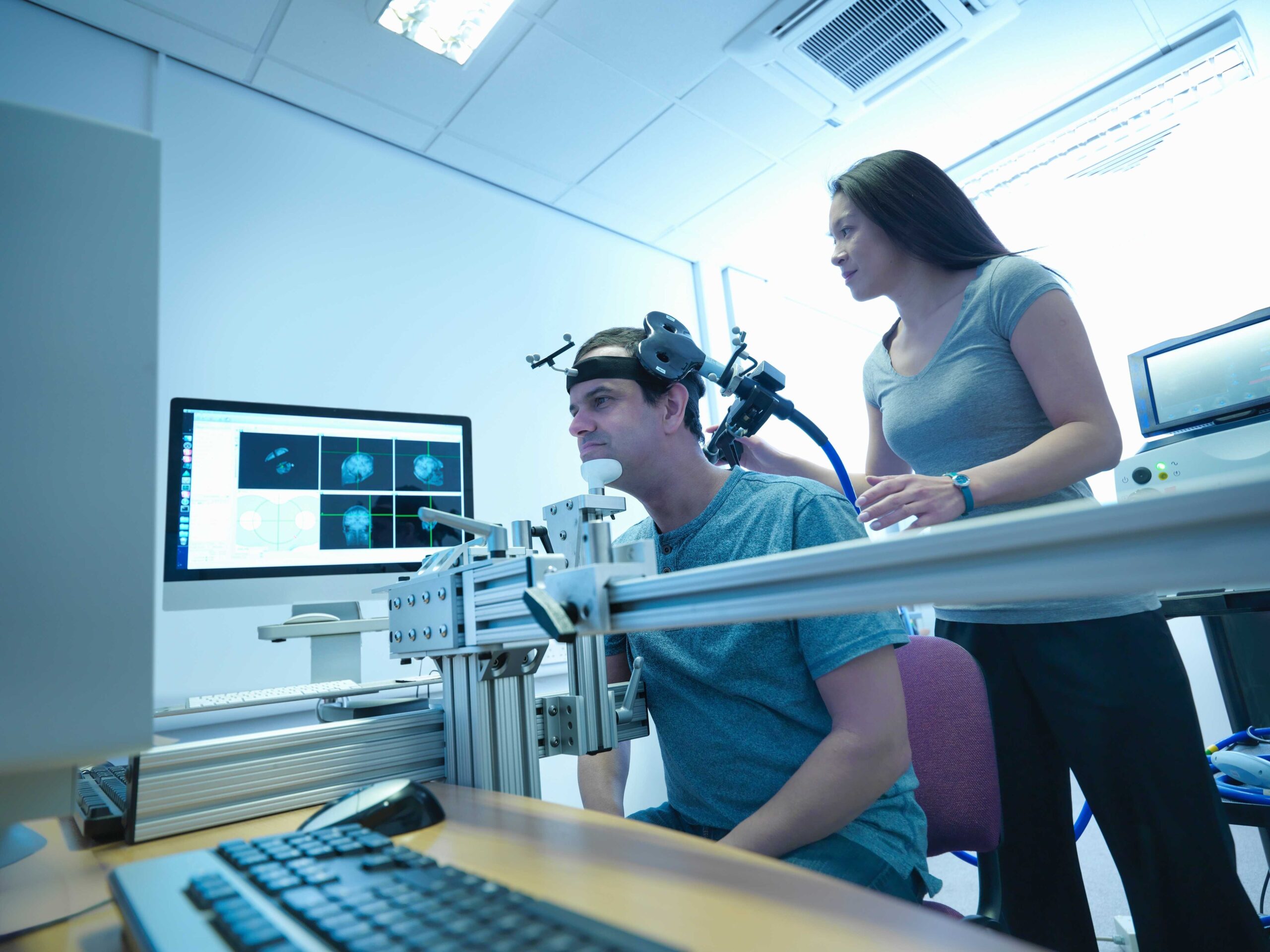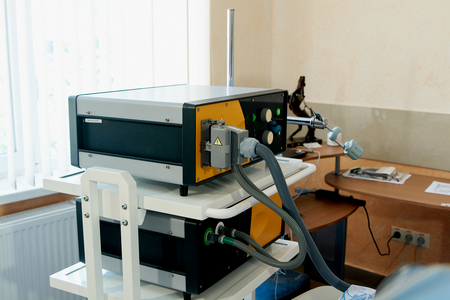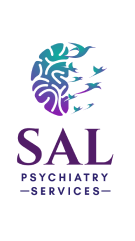TMS

If you’ve tried depression treatments only to find that they haven’t helped you as much as you would like, TMS can help. “Transcranial Magnetic Stimulation” has been proven to help with depression and other conditions that have been resistant to treatment. TMS has become popular for many reasons, not the least of which is that it’s non-invasive. Instead of surgery, the treatment occurs through your skin. We offer safe and effective TMS here at Sal Psychiatry.
What Does TMS Help With?
Many of our patients utilize TMS for depression. Specifically, it can provide relief for treatment-resistant depression as well as those with MDD (Major Depressive Disorder). It has also been proven to help with migraines, OCD, and even in quitting smoking. As of this writing, research is determining if TMS can treat addiction, chronic pain, eating disorders, and more. If you aren’t sure if TMS is right for you, that’s quite all right. If you reach out to us, we can go over your options, providing you with solutions that meet your needs.
How Does TMS Work, Exactly?
To simplify it, there are parts of your brain that, if you’re suffering from depression, may not be all that active. So, during a TMS therapy session, the machine sends safe, non-harmful magnetic pulses to those parts of the brain, in hopes of boosting them. To use an analogy, it’s not dissimilar to how an MRI machine works. When we say “awaken,” we mean that the electrical currents the magnetic pulses produce release serotonin, dopamine, and other neurotransmitters that someone suffering from depression may lack an appropriate amount of.

What is a Session Like?
We’ll make sure you’re comfortable, seating you in a chair under the machine. We may ask you to take your glasses (if they have metal frames) and metallic jewelry off. Then, once you’re comfortable, we’ll position the magnet around your head. We’ll use single-pulse scalp stimulations to find the right location on your head (this may feel like a slight tapping). Once that’s all set, we’ll start the treatment. Sessions can last anywhere from just a few minutes to much longer, half an hour or so.
How Do Dr. Sal and the Team Help?
We can tailor your TMS to your specific needs. For example, we’ll target specifically the parts of your brain that correspond with what you want to be treated. Then, we’ll carefully monitor you throughout the procedure, always ensuring your safety. Like, you may feel that your hands twitch occasionally during a session. We watch for that, as that’s a sign that the pulse strength is where we want it to be. The length of your session as well as how many TMS sessions you require will be determined by what you need.
What Happens After a TMS Session?
Afterwards, you may feel a slight headache, maybe a little bit dizzy, tingling, or even a little tinnitus. This will pass. Moreover, we’ll be right there to help. Often, we sit with a patient for a few minutes before they head out. But, that’s it. There’s no “recovery time” or anything like that. Instead, you can go right back to your schedule for the rest of your day.
TMS: Part of Treatment
Many of our patients who receive TMS treatment don’t receive it exclusively. TMS can be utilized with other treatments, such as talk therapy, medication management, and much more. If you’ve been struggling with your depression and nothing else seems to work, TMS very well could help. If you have questions, we’ll be more than glad to answer them. To learn more, you can reach us through our site or by giving us a call.

